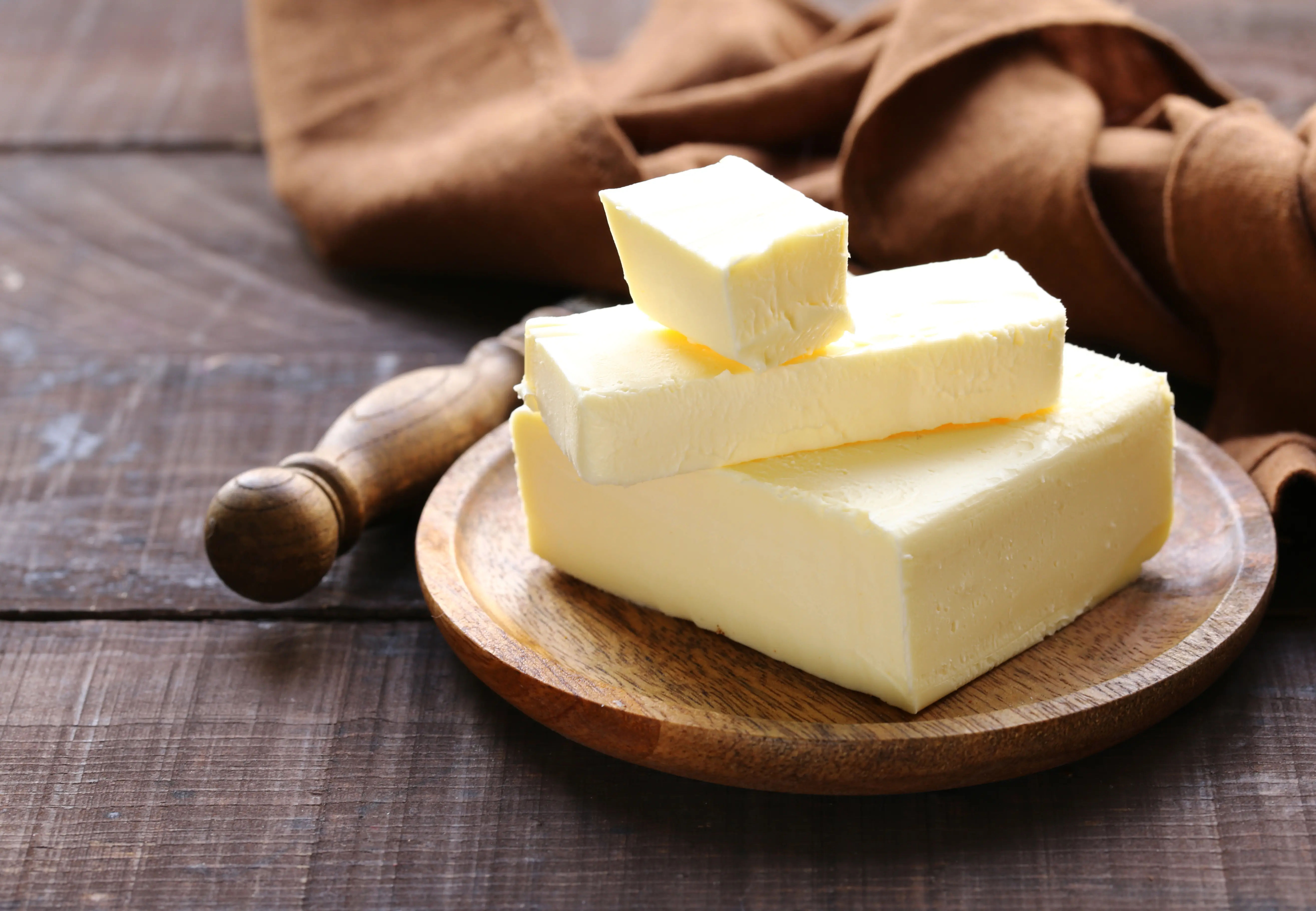Lady Finger (Bhindi) Ayurvedic Uses, Benefits, and Side Effects
Discover bhindi benefits, lady finger nutrition, Ayurvedic uses, and side effects. Learn how this vegetable for health fits into your daily diet.

%20Ayurvedic%20Uses,%20Benefits,%20and%20Side%20Effects.webp?tr=q-80,f-webp,w-350,dpr-2,c-at_max 700w)
Introduction: Why Bhindi Belongs on Your Plate
Lady finger (also called okra or bhindi) is a humble vegetable that shows up in many home-cooked meals—and for good reason. It’s affordable, versatile, and naturally rich in fibre, vitamins, and antioxidants. If you’re curious about bhindi benefits, lady finger nutrition, and how this vegetable for health fits into Ayurveda, you’re in the right place. This guide brings together science-backed insights, traditional Ayurvedic perspectives, practical cooking tips, and safety notes so you can enjoy bhindi with confidence.
What Is Lady Finger (Bhindi)?
• Botanical name: Abelmoschus esculentus
• Common names: Lady finger, bhindi, okra
• Plant family: Mallow (Malvaceae)
Bhindi is loved for its delicate flavour and its natural mucilage (a gel-like soluble fibre) that helps thicken soups and stews. That mucilage—often called “slime” in the kitchen—also has benefits for digestion.
Consult a Top Ayurveda Doctor for Personalised Advice
Lady Finger Nutrition: What Makes This Vegetable for Health Stand Out
Okra is light in calories, high in fibre, and provides a helpful mix of vitamins, minerals, and plant compounds.
Highlights (per roughly 100 g raw, about 1 cup sliced):
• Around 33 calories
• About 3 grams of fibre (a mix of soluble and insoluble)
• A good source of vitamin C and folate
• Provides magnesium and potassium
• Contains beneficial polyphenols and other antioxidants
Why it matters:
• Fibre supports healthy digestion, regular bowel movements, heart health, and steady blood sugar when part of an overall balanced diet.
• Vitamin C supports immune function and helps the body absorb iron from plant foods.
• Folate is crucial before and during early pregnancy for healthy foetal development.
• Magnesium and potassium help support normal muscle and nerve function, blood pressure regulation, and overall cardiovascular health.
Science-Backed Bhindi Benefits for Your Body
1) Digestive Comfort and Regularity
• The soluble fibre (mucilage) in okra forms a gel that can soften stool and help it move more easily through the intestines. This may support regular bowel movements.
• Insoluble fibre adds bulk to stool and supports gut motility.
• A fibre-rich diet can also help feed “good” gut bacteria, supporting a healthier microbiome.
2) Heart Health Support
• Diets high in soluble fibre are associated with lower LDL (“bad”) cholesterol. While no single food is a magic bullet, adding fibre-rich vegetables like okra can help your overall heart-healthy eating pattern.
• Potassium in vegetables supports healthy blood pressure when part of a lower-sodium, balanced diet.
3) Steadier Blood Sugar
• Fibre slows digestion and the absorption of carbohydrates, which can help reduce sharp spikes in blood sugar after meals. This makes okra a smart side dish in balanced meals for many people.
• Early research suggests okra may have additional effects on blood sugar, but high-quality human studies are limited. Rely on overall diet, physical activity, sleep, and medical guidance as your main tools.
4) Antioxidant Support
• Okra provides vitamin C and polyphenols that help combat oxidative stress. Eating a variety of antioxidant-rich vegetables is linked to better overall health.
5) Pregnancy-Friendly Nutrients
• Okra is a natural source of folate, a B vitamin that helps prevent serious birth defects of the brain and spine when adequate amounts are consumed before conception and in early pregnancy. Women of childbearing age should follow their healthcare provider’s guidance on folic acid/folate intake.
Ayurvedic Uses of Lady Finger (Bhindi)
In Ayurveda (the traditional system of medicine from India), foods are chosen to balance the body’s constitution and support digestion.
General Ayurvedic view of bhindi:
• Qualities: Cooling (sheetal), soothing/demulcent (pichhila), and slightly unctuous (snigdha) because of its natural mucilage.
• Dosha considerations: Traditionally, bhindi is thought to be calming for Pitta and Vata in moderation due to its cooling and moistening qualities. In excess, its heaviness and mucilage may be less suitable for Kapha-dominant individuals or those prone to excess mucus.
Traditional uses (as described in Ayurvedic texts and practice):
• Soothe the digestive tract: The demulcent nature of bhindi is traditionally used to ease dryness or irritation in the gut and support regularity.
• Gentle nourishment: Cooked okra is often considered easy to digest when prepared with warm spices (like cumin, ginger, or turmeric) that support agni (digestive fire).
• Balanced meals: Ayurveda emphasises pairing vegetables like okra with spices, legumes (dal), whole grains, and healthy fats to improve digestibility and satisfaction.
Important note: Ayurvedic uses are traditional and may not be fully supported by modern clinical trials. Use them as complementary dietary choices, not as medical treatment.
How to Cook and Eat Okra to Maximise Lady Finger Nutrition
Choosing and storing
• Pick small to medium pods that are firm and bright green. Avoid limp, dark, or bruised pods.
• Store unwashed okra in a paper or perforated bag in the fridge for up to 2–3 days.
Prepping tips
• Rinse and pat dry thoroughly before cutting to reduce stickiness while cooking.
• Trim the ends; cut into large pieces for less mucilage or slice thin for thicker stews.
• Handle gently; the tiny surface hairs can occasionally irritate sensitive skin—gloves can help.
Cooking methods
• Quick sauté or stir-fry: Toss with minimal oil and spices (cumin, mustard seeds, turmeric) for a simple side dish.
• Dry-style bhindi masala: Cook on medium heat to reduce mucilage; add onions, tomatoes, and a squeeze of lemon.
• Stews, sambhar, and gumbo: Embrace the mucilage to naturally thicken broths and boost soluble fibre.
• Roasting or air-frying: High heat can dry excess moisture and deliver a crispy texture with little oil.
Nutrition-savvy pointers
• Keep it simple: Over-frying can add unnecessary calories and reduce some heat-sensitive nutrients like vitamin C.
• Add acidity: Tomatoes, lemon, or tamarind can balance flavour and help manage texture.
• Pair for balance: Combine okra with whole grains, lentils/beans, and a protein source for steadier energy and satiety.
How Much Lady Finger Should You Eat?
• As part of a balanced diet, aim for at least 400 grams (about 5 servings) of fruits and vegetables daily from a variety of colours and types.
• A practical serving of cooked okra is about 1/2–1 cup. Enjoy bhindi 1–3 times per week or more, depending on your overall diet and preferences.
• Rotate with other vegetables for health to get a broader range of nutrients and plant compounds.
Safety, Side Effects, and Who Should Be Careful
Okra is generally safe for most people when eaten as food. Keep these points in mind:
• Digestive sensitivity: The fibre and certain carbohydrates in okra can cause gas or bloating in some people, especially if you suddenly increase your intake. Add gradually and drink water to help the fibre work well.
• Blood thinners: Okra provides vitamin K, which is important for normal blood clotting. If you take warfarin (Coumadin), keep your vitamin K intake consistent and follow your healthcare provider’s guidance.
• Diabetes medications: Limited animal research suggests okra might affect the absorption of metformin. Human evidence is lacking, but if you take diabetes medicines, monitor your blood glucose and speak with your clinician about any significant diet changes.
• Allergies or skin irritation: Rarely, people may react to okra. The tiny surface hairs can irritate some skin—wash pods and consider gloves when trimming if you’re sensitive.
• Food safety: Rinse well under running water before cooking. Use clean cutting boards and cook to your desired doneness.
Smart Ways to Add Bhindi for Lasting Benefits
• Make it a weekly staple: Rotate okra with greens, cruciferous vegetables, tomatoes, peppers, and beans.
• Build balanced plates: Half your plate non-starchy vegetables, one-quarter whole grains, one-quarter protein, plus a little healthy fat. Bhindi fits easily into this pattern.
• Flavour with purpose: Spices like turmeric, cumin, coriander, garlic, and ginger add taste and may support digestion.
• Enjoy the mucilage: In soups and stews, that natural “gel” is soluble fibre—one of the quiet drivers of bhindi benefits.
Lady Finger Nutrition at a Glance (No-Numbers Edition)
• Fibre-forward vegetable for health with both soluble and insoluble fibre
• Vitamin C for immune support and iron absorption
• Folate for healthy cell growth and pregnancy support
• Potassium and magnesium for heart and muscle function
• Antioxidants that help your body manage oxidative stress
Conclusion
Lady finger, or bhindi, proves that everyday vegetables can deliver extraordinary benefits for your health. Its blend of fibre, vitamins, and minerals supports digestion, heart health, and overall vitality, while Ayurveda values it for its soothing and cooling qualities. When cooked thoughtfully, bhindi becomes both delicious and nourishing, fitting seamlessly into balanced meals. Regularly including this humble vegetable in your diet can enhance wellbeing from the inside out. Simply put, bhindi is a small ingredient with big health rewards.
Consult a Top Ayurveda Doctor for Personalised Advice
Consult a Top Ayurveda Doctor for Personalised Advice

Dr. Rik Sadhukhan
Ayurveda Practitioner
8 Years • BAMS
Kolkata
Vedhive Ayurveda, Ballygunge, Kolkata

Dr. Anjan Das
Ayurveda Practitioner
8 Years • Ayurvedacharya ( B.A.M.S )
Dumdum
Vedhive Ayurveda Clinic, Dumdum

Dr. Pepsy Jose
Panchakarma Practitioner
14 Years • BAMS, MD Ayurveda (Panchakarma)
Bengaluru
AYURRHYTHM HOLISTIC CLINIC AND PANCHAKARMA THERAPY, Bengaluru

Dr. Shiv Prakash Singh
Ayurveda Practitioner
19 Years • BAMS
Kolkata
Vedhive Ayurveda College Street, Kolkata
Consult a Top Ayurveda Doctor for Personalised Advice

Dr. Rik Sadhukhan
Ayurveda Practitioner
8 Years • BAMS
Kolkata
Vedhive Ayurveda, Ballygunge, Kolkata

Dr. Anjan Das
Ayurveda Practitioner
8 Years • Ayurvedacharya ( B.A.M.S )
Dumdum
Vedhive Ayurveda Clinic, Dumdum

Dr. Pepsy Jose
Panchakarma Practitioner
14 Years • BAMS, MD Ayurveda (Panchakarma)
Bengaluru
AYURRHYTHM HOLISTIC CLINIC AND PANCHAKARMA THERAPY, Bengaluru

Dr. Shiv Prakash Singh
Ayurveda Practitioner
19 Years • BAMS
Kolkata
Vedhive Ayurveda College Street, Kolkata
More articles from General Medical Consultation
Frequently Asked Questions
1) Is Okra Good for Weight Loss?
Yes—okra is low in calories and high in fibre, which supports fullness and steady energy when part of balanced meals. There’s no single “weight-loss food,” but okra can help you feel satisfied with fewer calories.
2) Can Okra Help Lower Cholesterol?
Diets rich in soluble fibre are linked to lower LDL (“bad”) cholesterol. Okra contains soluble fibre and can contribute to a heart-healthy eating pattern. Pair it with other fibre-rich foods like oats, beans, fruits, and vegetables.
3) Is Okra Good for People with Diabetes?
Okra’s fibre can help slow digestion and support steadier blood sugar as part of a balanced diet. However, it’s not a treatment. If you take diabetes medications, especially metformin, talk to your clinician before making major changes, and monitor your blood glucose.
4) What Are the Side Effects of Eating Bhindi?
Most people tolerate okra well. Some may experience gas or bloating if they increase fibre too quickly. Okra contains vitamin K, so keep intake consistent if you use warfarin. Rarely, skin irritation or allergies can occur.
5) How Can I Reduce the “Slimy” Texture?
Pat the pods dry before slicing, use medium-high heat, avoid overcrowding the pan, and add acidic ingredients like tomatoes or lemon. Or lean into the mucilage in stews and soups—it’s part of the healthful soluble fibre that contributes to bhindi benefits.




.webp)